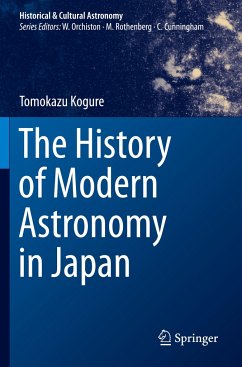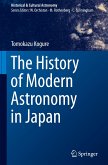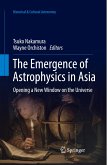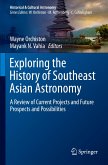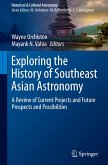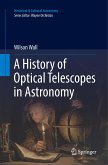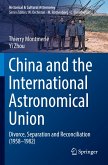This book considers the history of modern astronomy and astrophysics in Japan by comparing with the development of astrophysics in western countries. Astrophysics essentially arose in three separate fields: astronomical spectroscopy, stellar structure, and survey of celestial objects.
This book introduces readers to the state of astronomy back to the Tokugawa era (18th - 19th centuries), when the chief task of astronomers was limited to the calendar making. With the so-called Meiji revolution (1868), the situation drastically changed. The Meiji Government promoted the modernization of Japan by hiring numbers of foreign instructors in political, social, and cultural affairs, including Construction of Observatory and University. Then the foreign studies of Japanese researchers lasted for many years. After the Second World War, Japan experienced great social and economical growth allowing the constructions of large optical, radio, and space instruments. With this background astrophysics progressed and eventually flourished. The book ends by highlighting Japanese contributions to international collaboration up to the early 21st century.
Readers of this book will understand how astrophysics has grown into one of the major sciences in Japan, and how the works of individual astronomers are contributing to the global advancement of knowledge of the universe.
This book introduces readers to the state of astronomy back to the Tokugawa era (18th - 19th centuries), when the chief task of astronomers was limited to the calendar making. With the so-called Meiji revolution (1868), the situation drastically changed. The Meiji Government promoted the modernization of Japan by hiring numbers of foreign instructors in political, social, and cultural affairs, including Construction of Observatory and University. Then the foreign studies of Japanese researchers lasted for many years. After the Second World War, Japan experienced great social and economical growth allowing the constructions of large optical, radio, and space instruments. With this background astrophysics progressed and eventually flourished. The book ends by highlighting Japanese contributions to international collaboration up to the early 21st century.
Readers of this book will understand how astrophysics has grown into one of the major sciences in Japan, and how the works of individual astronomers are contributing to the global advancement of knowledge of the universe.
"I cannot but help admiring his enthusiasm and efforts in writing this book. As one of the author's compatriots, I welcome the publication of this book and encourage overseas astronomical historians and scientists to read it in order to correctly understand the modern history of astronomy in Japan." (Tsuko Nakamura, Journal of Astronomical History and Heritage, 24 (4), 2021)
"The book abounds with portraits of nearly forty Japanese gentlemen, with detail of their education and careers, together with clear, well-illustrated, well-referenced, concise summaries of their astronomical achievements. ... I was generally impressed. After a slow start in the 19th Century, we read an intriguing story of just what an industrious and hard-working nation can achieve." (David W. Hughes, The Observatory, Vol. 141 (1285), December, 2021)
"The book abounds with portraits of nearly forty Japanese gentlemen, with detail of their education and careers, together with clear, well-illustrated, well-referenced, concise summaries of their astronomical achievements. ... I was generally impressed. After a slow start in the 19th Century, we read an intriguing story of just what an industrious and hard-working nation can achieve." (David W. Hughes, The Observatory, Vol. 141 (1285), December, 2021)

